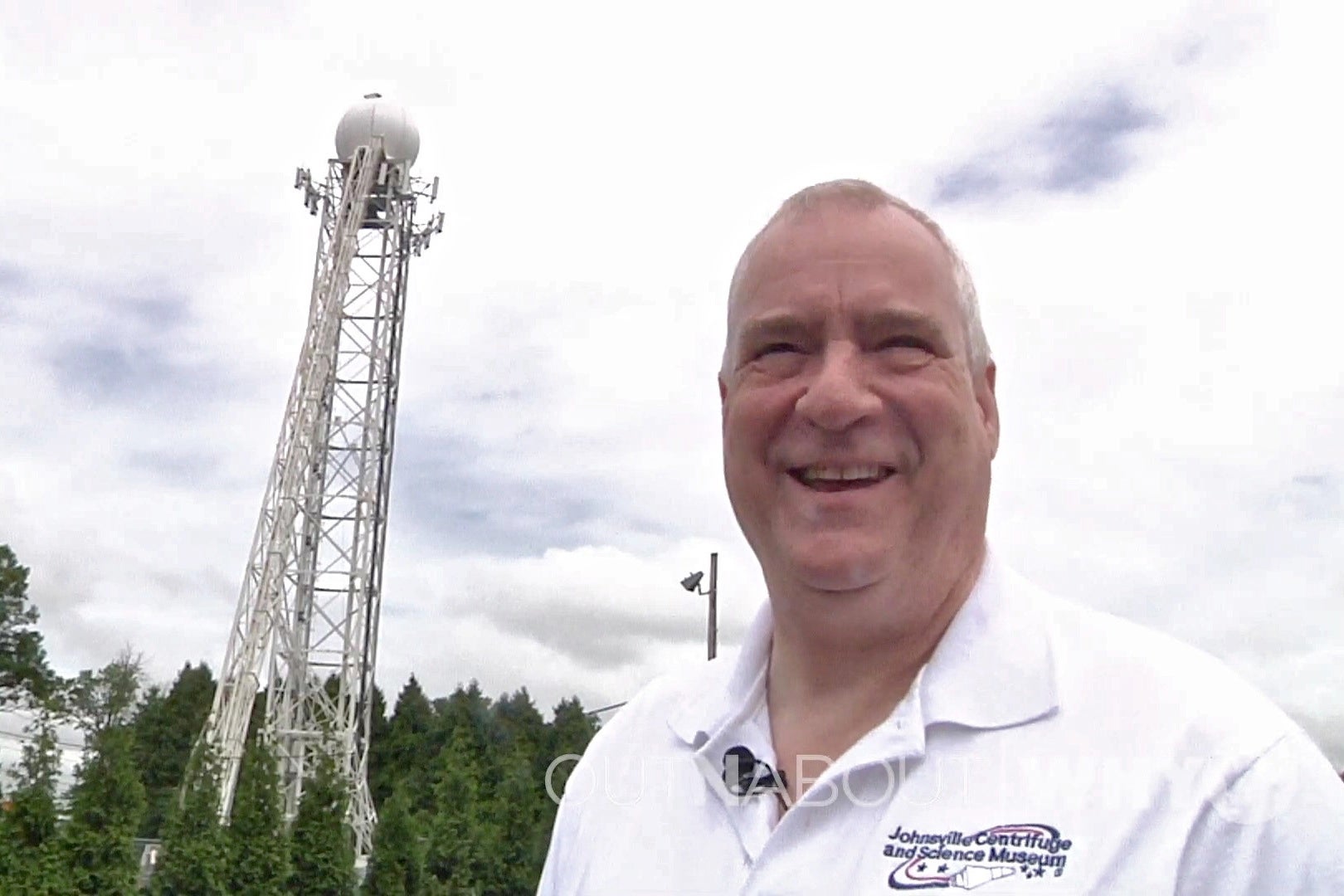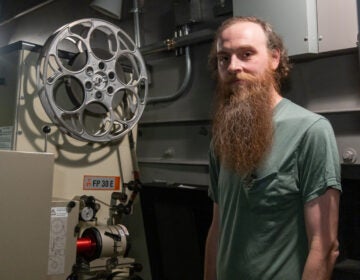Former astronaut training ground in Bucks County could become a museum
Naval Air Development Center, a research campus in Warminster Township, played a critical role in sending astronauts to the moon.
Listen 2:05
Astronaut Walter M. Schirra Jr. prepares to enter the gondola of a centrifuge which is used to test gravitational stress on astronauts training for space flight. Schirra became the pilot of the Mercury-Atlas 8 six-orbit space mission. Photo taken at Johnsville Naval Air Development Center, Warminster, Pennsylvania. Date Taken:1960-01-01 (NASA)
The space race began in 1957, when the Soviet Union launched the Sputnik satellite, the first man-made object to orbit the Earth, sparking a fierce international competition.
Shortly thereafter, in 1958, NASA was founded to accelerate space technology. In 1961, the Johnson Space Center in Houston, Texas, opened.
What happened between the time Sputnik launched in 1957 and 1961?
“A lot of the [space] activity would have been in Pennsylvania,” said Michael Maguire, president of a planned Johnsville Space and Science Museum in Warminster, Pa.
The Navy Yard in South Philadelphia developed a lot of technology for space travel, like the suits. Just north of the city, in Warminster Township, Bucks County, systems were being developed to navigate rockets around the moon. Astronauts would be outfitted for suits at the Navy Yard, then go up to Warminster for a battery of tests simulating space flight.

Warminster was the site of Naval Air Development Center, Johnsville (NADC), an old aircraft factory the Navy had bought and outfitted with research labs. The centerpiece was the centrifuge, a giant spinning arm with a pod on the end of it. People sitting in the pod were subjected to the same gravitational pressures as a rocket launch, called G-forces.
The centrifuge was originally designed to train jet fighter pilots, whose aircraft could generate G-forces so powerful it would affect the direction of blood flow in their bodies.
“Early World War I aircraft were kind of flimsy things, made of wood and fabric. If a pilot attempted a sharp turn, the wings would probably fall off before he passed out,” said Maguire. “By World War II, we had metal-skinned airplanes, they were stronger with more powerful engines. A sharp-enough turn would pull the blood from his brain, and he would be unconscious.”
NASA discovered that the human centrifuge at NADC, Johnsville, the largest in the country, was ideal for space flight training. So all the astronauts in the early NASA programs, including Neil Armstrong and Buzz Aldrin, came to Warminster.
One of the reasons a centrifuge that powerful could work in Warminster was geography. The bedrock is close enough to the surface that the centrifuge could be bolted directly to the earth. The 180-ton machine could whip its arm to 175 mph in just a few seconds, creating enough torque to rip it out of any other foundation.
The centrifuge closed down in the 1990s. It’s now used as an event rental space. Since 2008, Maguire has been collecting materials related to the site, mostly technological artifacts like the centrifuge gondola and instrument panels. He hopes to open a museum showcasing the technology used to send a man to the moon.
The Smithsonian Institution has the rockets and capsules, the literal heavy-lifting technology of space travel. Maguire said other systems are lesser-known, like navigation, communication, and life support.
NADC created technology that was used in other fields, like GPS and black box flight recorders.
“The materials lab developed lubricants used in Apollo, exotic space lubricants,” said Maguire. “The video feeds from Gemini – the grainy black-and-white videos – were by NADC-developed cameras.”
Maguire said he has acquired a 5-acre parcel that was once part of the NADC campus and has been fundraising to build the first phase of what will be the Johnsville Space and Science Museum. He hopes to raise $100,000 and said he is about 25% along.
WHYY is your source for fact-based, in-depth journalism and information. As a nonprofit organization, we rely on financial support from readers like you. Please give today.





